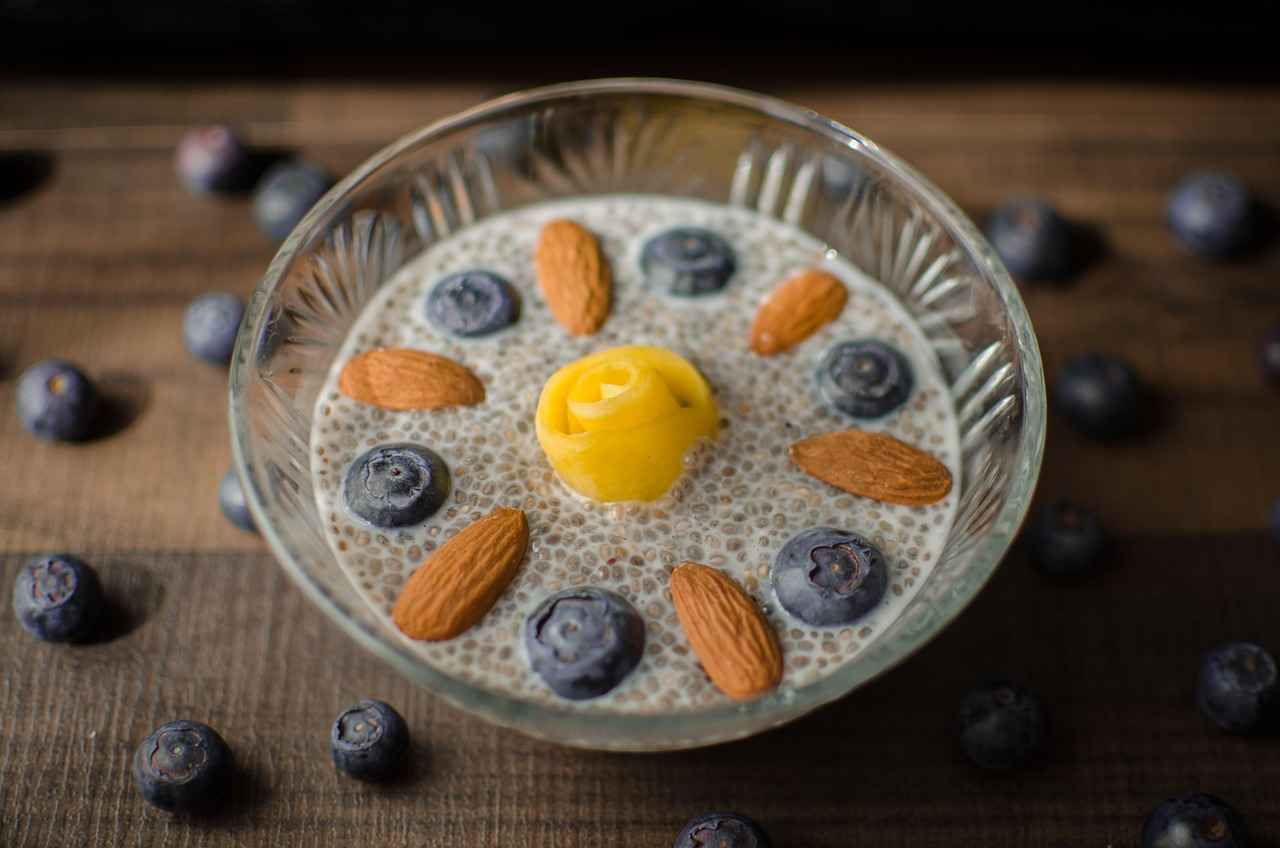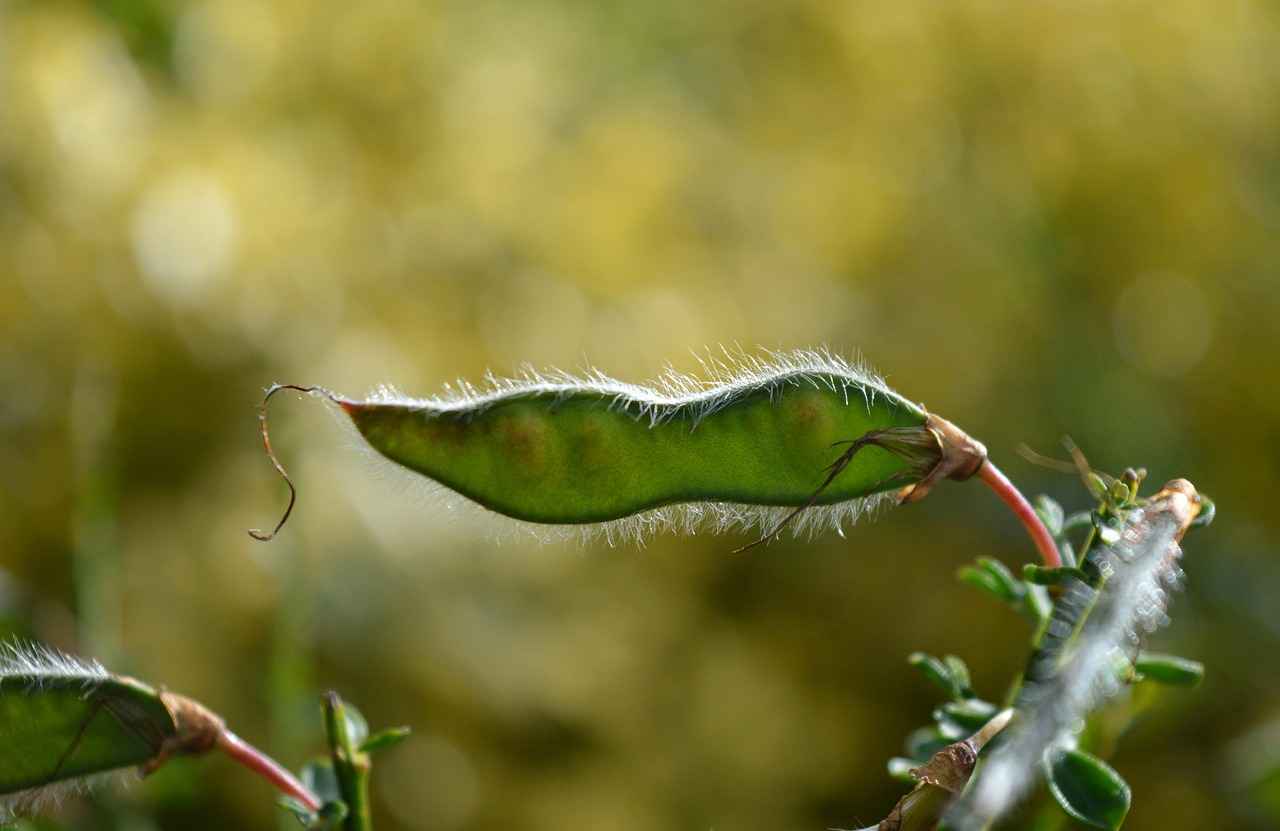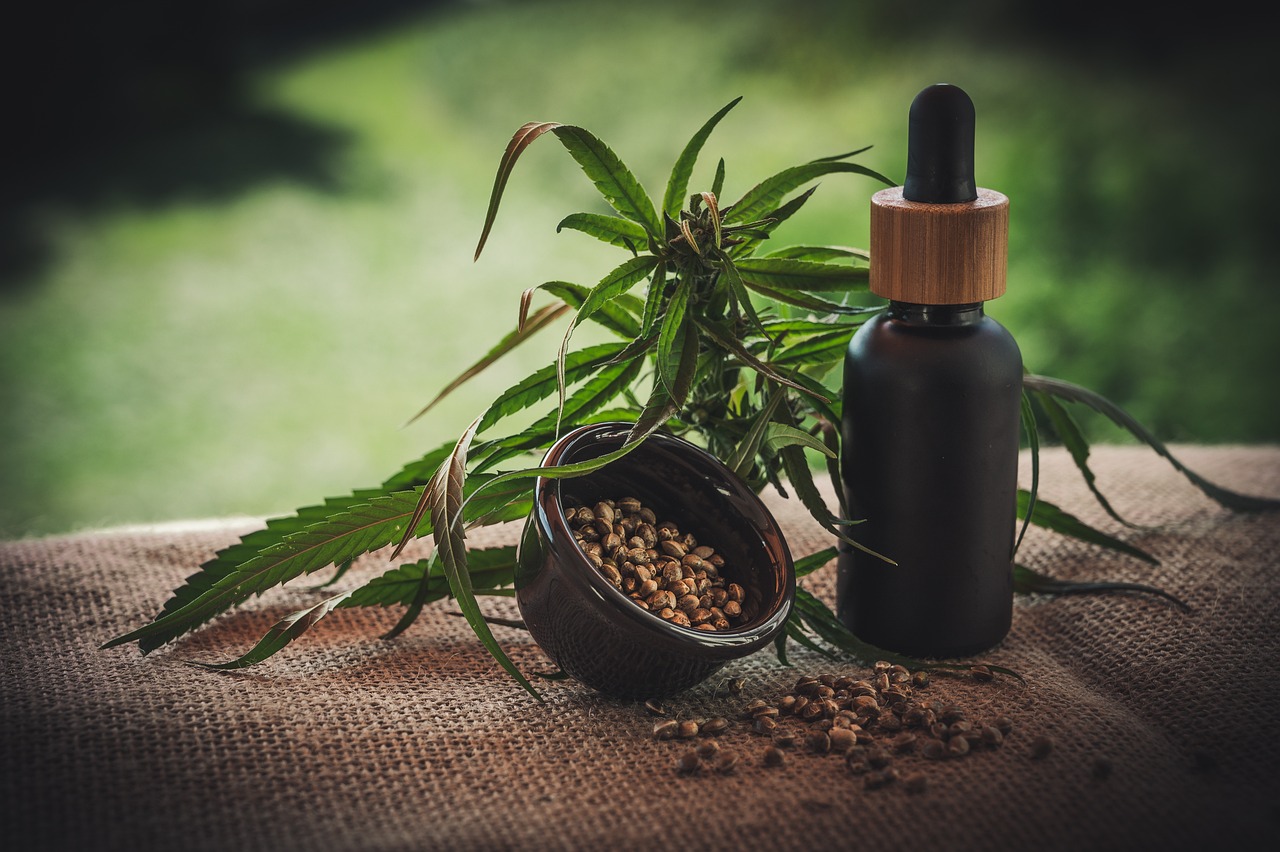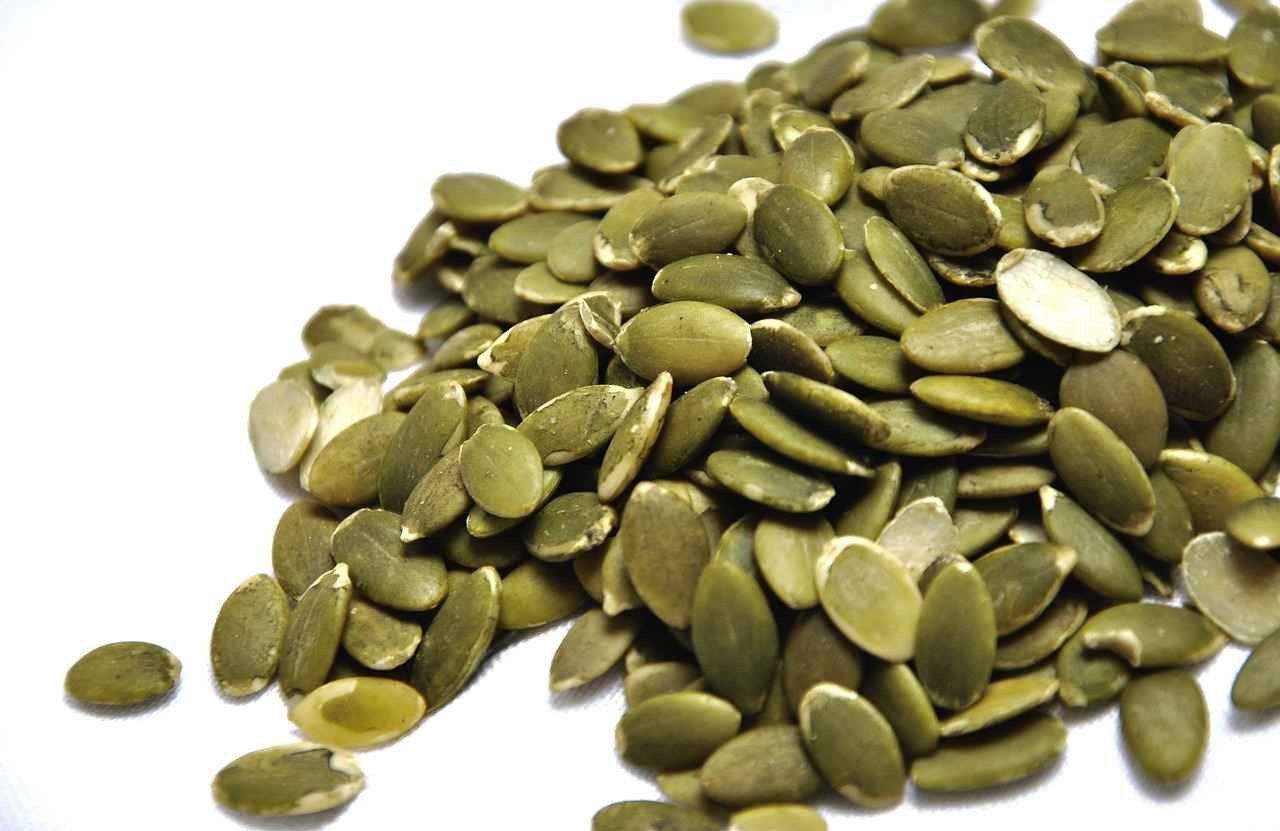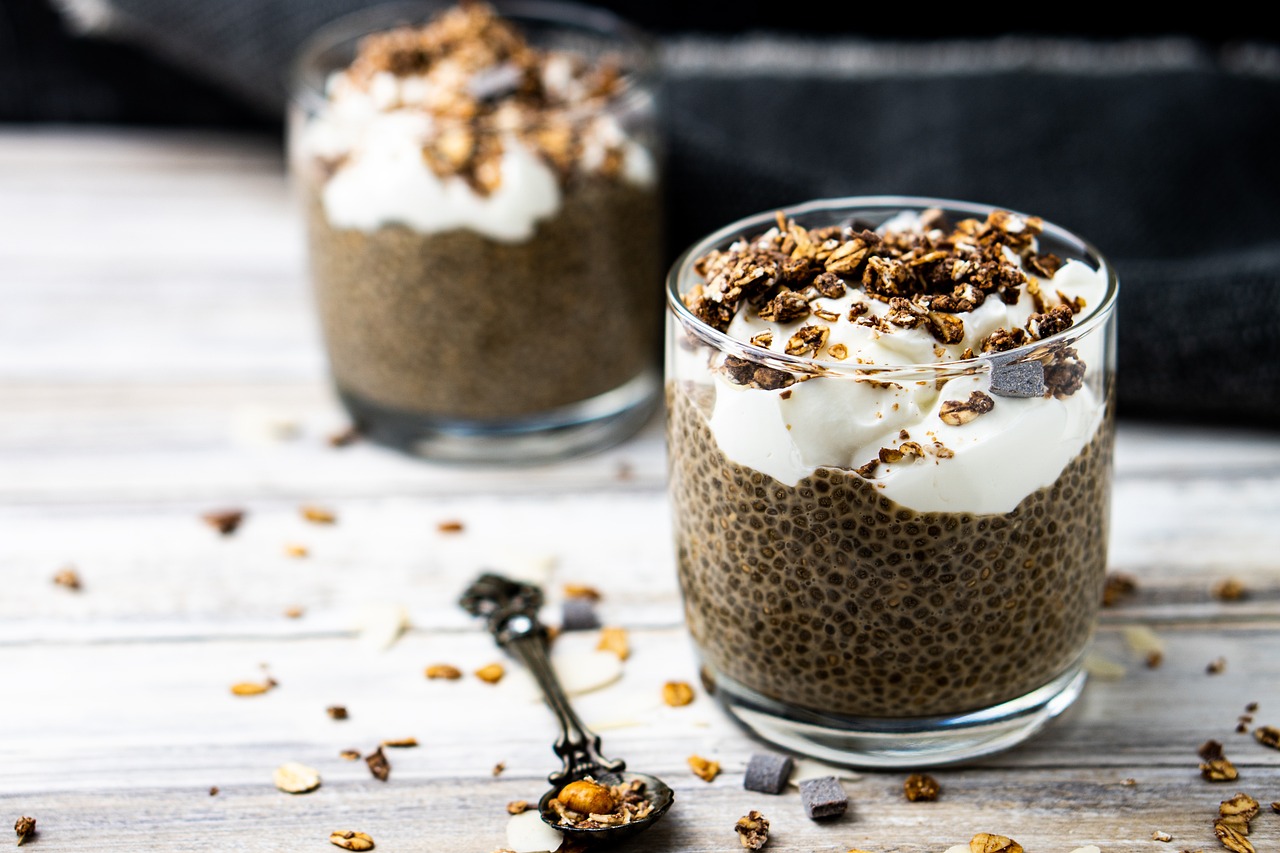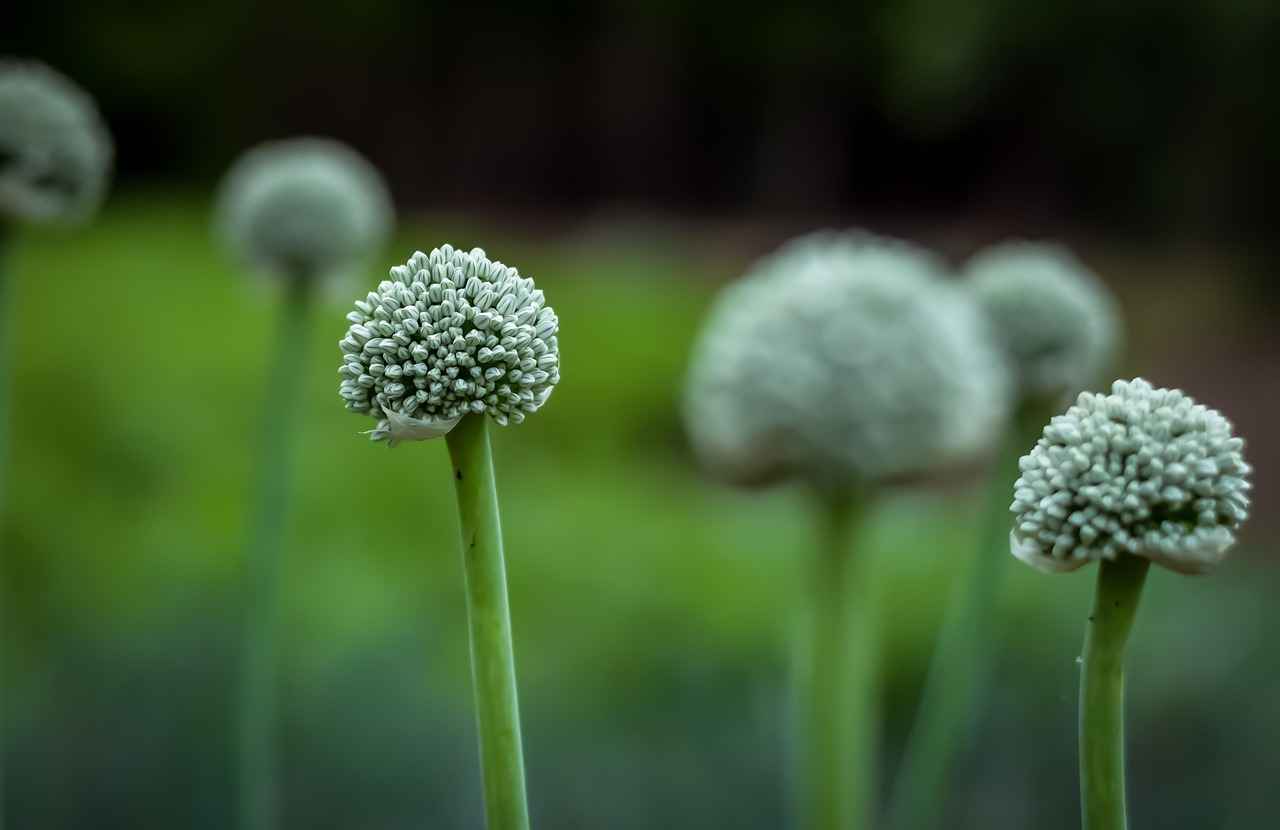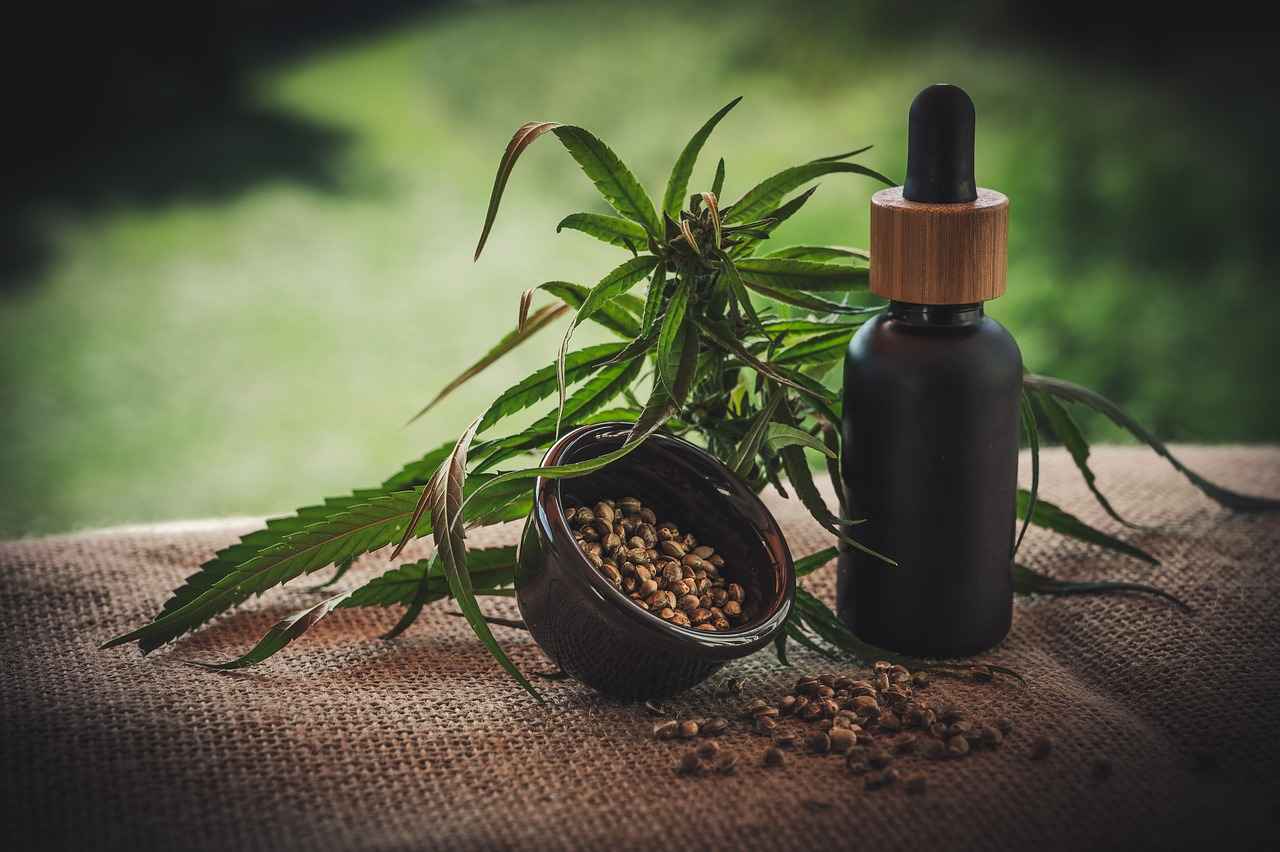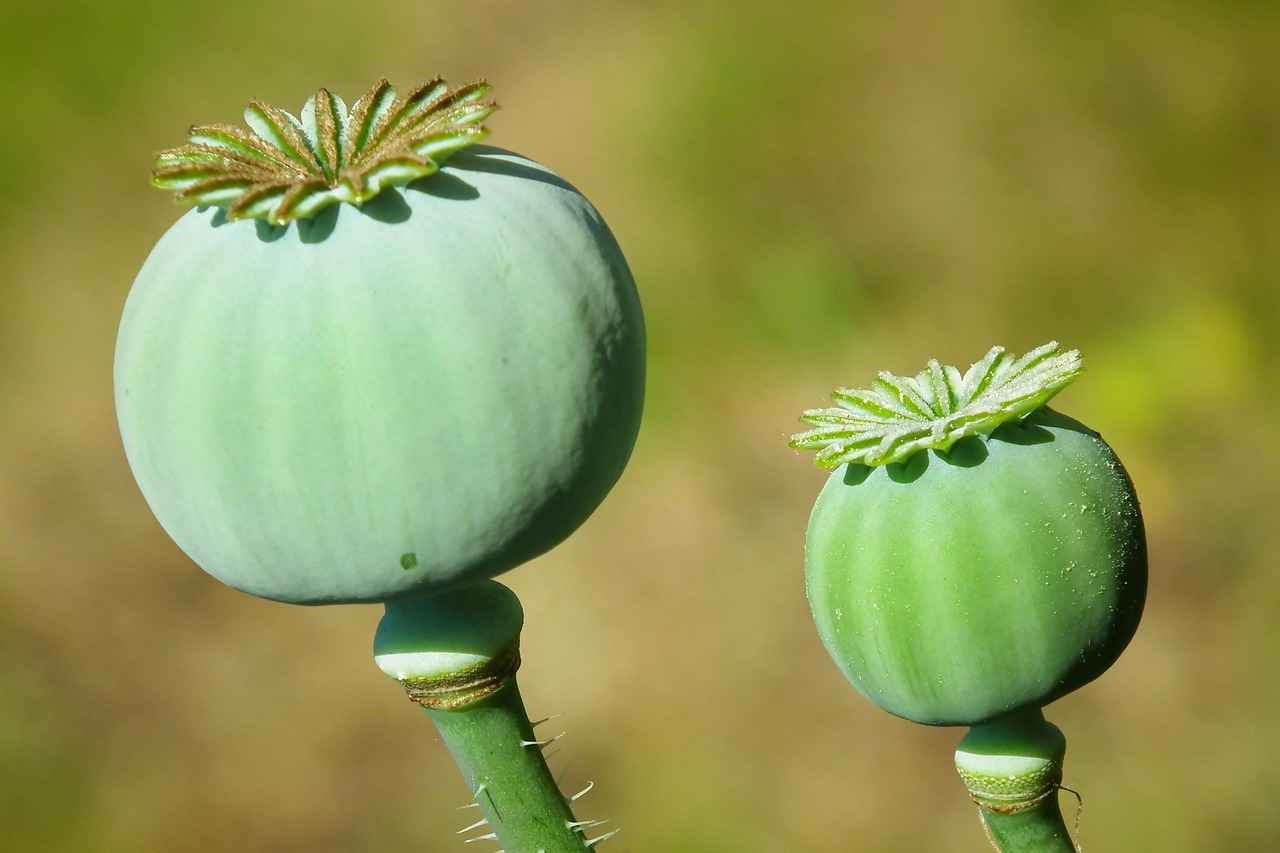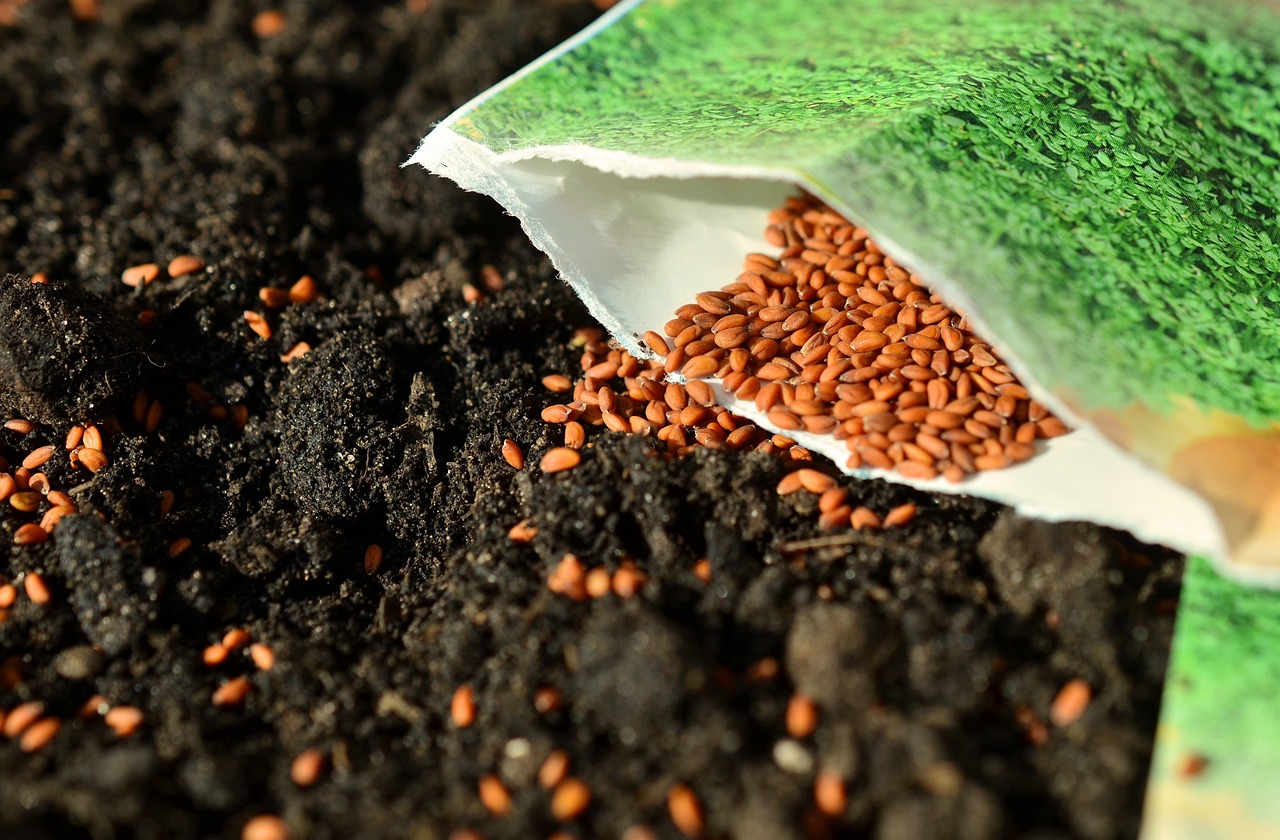This article explores effective methods for incorporating chia seeds into your diet for weight loss, detailing their nutritional benefits, preparation techniques, and practical tips for maximizing their fat-burning potential.
Chia seeds are small, nutrient-rich seeds that originate from the Salvia hispanica plant. These tiny powerhouses are packed with fiber, protein, and omega-3 fatty acids, making them an excellent addition to any weight loss plan. The high fiber content, in particular, promotes digestive health and helps maintain a feeling of fullness, which can aid in reducing overall caloric intake.
The unique property of chia seeds is their ability to absorb water and expand in the stomach. This expansion creates a gel-like substance that can significantly enhance satiation. By consuming chia seeds, you can effectively curb your appetite, leading to reduced snacking and lower caloric consumption throughout the day.
Preparation plays a vital role in maximizing the benefits of chia seeds. Here are some effective methods:
- Soaking: Soaking chia seeds in water or milk for at least 30 minutes helps them swell and become easier to digest.
- Incorporating into Smoothies: Blend soaked chia seeds into your favorite smoothies for a nutrient boost.
- Baking: Add chia seeds to baked goods like muffins or bread for added texture and nutrition.
Soaking chia seeds is essential as it allows them to absorb liquid and form a gel. This process not only enhances the texture but also improves hydration and nutrient absorption, making it easier for your body to utilize their health benefits.
There are numerous ways to add chia seeds to your diet:
- Chia Pudding: Combine soaked chia seeds with almond milk and sweetener for a delicious pudding.
- Salads: Sprinkle chia seeds over salads for added crunch and nutrition.
- Energy Bars: Make homemade energy bars with chia seeds, nuts, and dried fruits.
While chia seeds are generally safe, some individuals might experience digestive discomfort if consumed in excess. It is advisable to start with small amounts and gradually increase your intake to avoid bloating or gas.
The recommended daily intake of chia seeds is about 1 to 2 tablespoons. This serving size is sufficient to reap the health benefits without overdoing it. Always ensure you drink plenty of water to aid digestion.
Chia seeds can serve as a versatile substitute in various recipes. For instance, they can replace eggs in baking (1 tablespoon of chia seeds mixed with 2.5 tablespoons of water equals one egg) or be used instead of breadcrumbs in meat dishes, enhancing the nutritional profile while supporting weight loss.
There are several misconceptions surrounding chia seeds. One common myth is that they are a miracle food that guarantees weight loss. In reality, while they offer numerous health benefits, they should be part of a balanced diet and not relied upon solely for weight loss.
Monitoring your weight loss journey is essential for success. Keep a food diary to track your chia seed intake and its effects on your hunger levels and weight. This can help you adjust your diet as needed for optimal results.
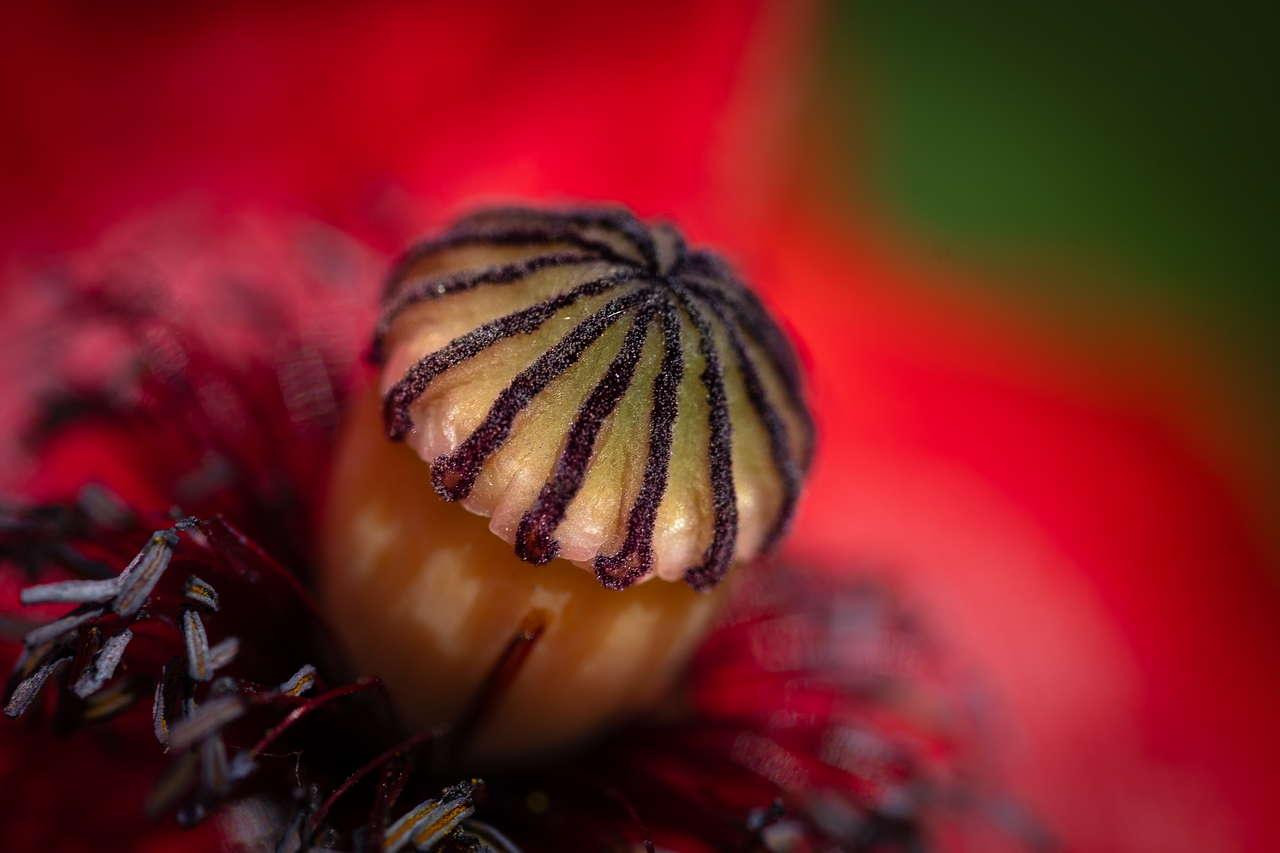
What Are Chia Seeds and Their Nutritional Benefits?
Chia seeds, often hailed as a superfood, are tiny, yet powerful seeds derived from the Salvia hispanica plant. These seeds have gained immense popularity due to their exceptional nutritional profile and numerous health benefits. Understanding what chia seeds are and what they offer is essential for anyone looking to enhance their diet, particularly for those aiming for weight loss.
One of the standout features of chia seeds is their high fiber content. Just a single ounce (about 28 grams) of chia seeds contains approximately 11 grams of dietary fiber, which is essential for digestive health. This fiber not only aids in digestion but also helps in maintaining a feeling of fullness, making it easier to control hunger and reduce overall caloric intake.
In addition to fiber, chia seeds are an excellent source of plant-based protein. They contain about 4 grams of protein per ounce, which is beneficial for muscle maintenance and overall health. Protein is known to be satiating, which means it can help curb cravings and prevent overeating.
Another remarkable aspect of chia seeds is their rich content of omega-3 fatty acids, particularly alpha-linolenic acid (ALA). Omega-3s are essential fats that play a crucial role in heart health and reducing inflammation in the body. Incorporating chia seeds into your diet can help ensure you’re getting enough of these vital nutrients, especially if you follow a plant-based diet.
Chia seeds are also packed with essential minerals such as calcium, magnesium, and phosphorus. These minerals are important for bone health, energy production, and maintaining various bodily functions. For instance, just one ounce of chia seeds provides about 18% of the recommended daily intake of calcium, making them an excellent choice for those looking to boost their mineral intake.
Furthermore, chia seeds are low in calories, with about 138 calories per ounce. This makes them a nutrient-dense food that can be easily incorporated into various meals without significantly increasing caloric intake. Their versatility allows for easy addition to smoothies, oatmeal, yogurt, and baked goods, enhancing both flavor and nutritional value.
To maximize the benefits of chia seeds, it’s essential to understand how to prepare them properly. Soaking chia seeds in water or another liquid allows them to expand and form a gel-like consistency, which not only improves their texture but also enhances nutrient absorption. This preparation method can make them easier to digest and more enjoyable to consume.
In summary, chia seeds are a nutrient powerhouse that can significantly contribute to a healthy diet. With their high fiber, protein, and omega-3 content, they offer numerous benefits for weight loss and overall health. By incorporating chia seeds into your daily routine, you can leverage their unique properties to support your wellness goals effectively.
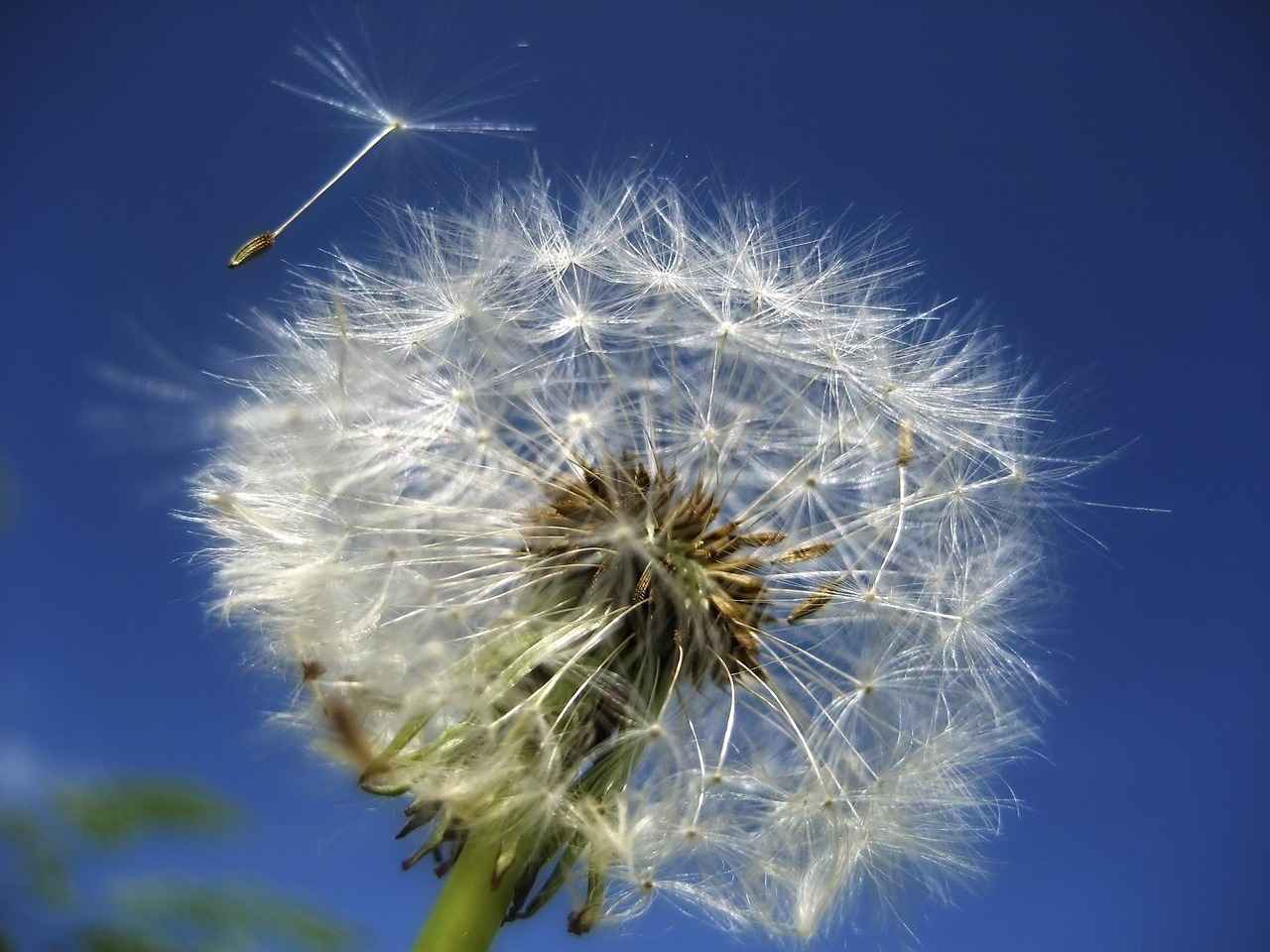
How Do Chia Seeds Aid in Weight Loss?
Chia seeds, derived from the Salvia hispanica plant, have gained immense popularity in the health and wellness community, particularly for their role in weight loss. Understanding how these tiny seeds function in the body can help individuals leverage their benefits effectively.
One of the most remarkable properties of chia seeds is their ability to absorb water. When consumed, these seeds can soak up to 12 times their weight in liquid, forming a gel-like substance in the stomach. This process has significant implications for appetite control and overall caloric intake.
- Feeling Full: The expansion of chia seeds in the stomach contributes to a prolonged sensation of fullness. This can help curb hunger pangs and reduce the likelihood of overeating, making it easier to stick to a calorie deficit.
- Slow Digestion: The gel-like consistency of soaked chia seeds slows down digestion, allowing for a gradual release of energy. This helps maintain stable blood sugar levels and prevents sudden spikes that can lead to cravings.
- High Fiber Content: Chia seeds are rich in dietary fiber, with about 11 grams per ounce. Fiber is known to promote satiety and improve digestive health, further supporting weight loss efforts.
- Nutrient Density: Despite their low calorie count, chia seeds are packed with essential nutrients, including omega-3 fatty acids, protein, and various vitamins and minerals. Incorporating these seeds into your diet can enhance overall nutritional intake while managing weight.
Research suggests that the combination of fiber, protein, and healthy fats in chia seeds can lead to a decrease in overall caloric consumption. By including chia seeds in meals or snacks, individuals can effectively manage their hunger levels and make healthier food choices throughout the day.
Moreover, chia seeds can be easily integrated into various recipes, from smoothies and oatmeal to baked goods and salads. This versatility makes them a convenient option for anyone looking to enhance their diet without feeling deprived.
It’s important to note that while chia seeds can aid in weight loss, they are not a magic solution. A balanced diet and a healthy lifestyle are crucial for achieving sustainable weight loss. Additionally, individuals should monitor their overall fiber intake, as excessive consumption of chia seeds can lead to digestive discomfort.
In summary, chia seeds offer a unique combination of properties that can support weight loss efforts. Their ability to absorb water and expand in the stomach promotes a sense of fullness, while their nutrient density ensures that individuals receive essential vitamins and minerals. By incorporating chia seeds into a balanced diet, individuals can take a significant step towards achieving their weight loss goals.
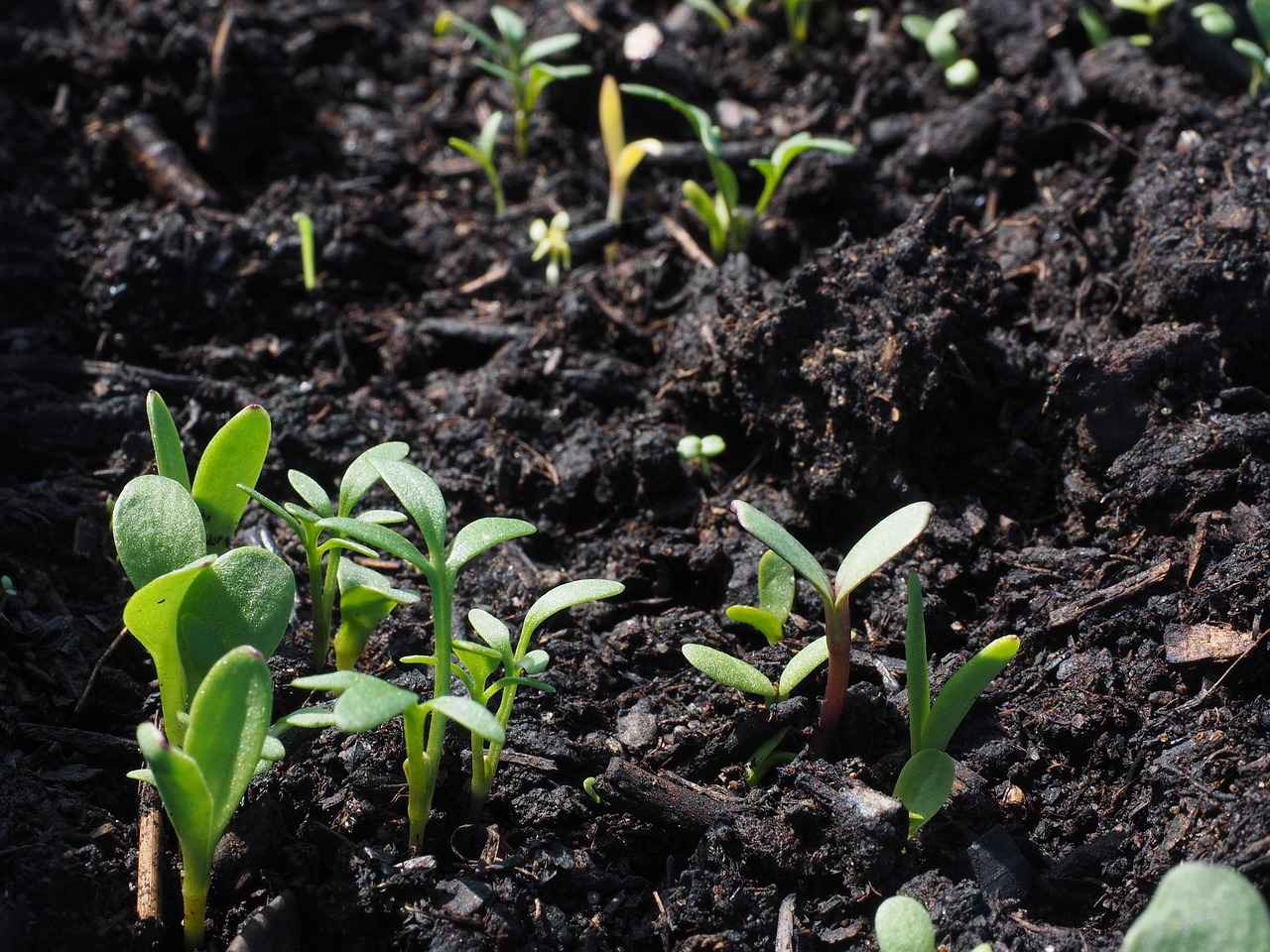
What Is the Best Way to Prepare Chia Seeds?
When it comes to enhancing the health benefits of chia seeds, proper preparation is key. These tiny superfoods are packed with nutrients, but their digestibility and nutritional absorption can be significantly improved through effective preparation methods. This section will explore various techniques to prepare chia seeds, ensuring you maximize their health benefits.
Chia seeds are rich in fiber, protein, and omega-3 fatty acids, making them a fantastic addition to any diet. However, without proper preparation, you may not fully benefit from their nutritional profile. By preparing chia seeds correctly, you can enhance their digestibility and promote better absorption of nutrients in the body.
One of the most popular ways to prepare chia seeds is by soaking them. When soaked in water or another liquid, chia seeds can absorb up to 12 times their weight, forming a gel-like consistency. This process not only improves the texture but also aids in hydration and nutrient absorption, making it easier for your body to utilize the seeds’ beneficial properties.
- How to Soak Chia Seeds: Combine 1 part chia seeds with 4 parts water. Allow the mixture to sit for at least 30 minutes, or overnight for best results.
- Storage: Store the soaked chia seeds in the refrigerator for up to a week, making them a convenient ingredient for your meals.
Once prepared, chia seeds can be easily incorporated into various meals. Here are some creative ways to use them:
- Smoothies: Add soaked chia seeds to your favorite smoothie for added texture and nutrition.
- Salads: Sprinkle chia seeds on salads for a crunchy element and a nutrient boost.
- Baking: Incorporate chia seeds into baked goods like muffins or bread for additional fiber.
Chia seeds can also be used as a substitute for eggs in vegan recipes. To replace one egg, mix 1 tablespoon of chia seeds with 2.5 tablespoons of water and let it sit until it forms a gel. This method not only provides binding properties but also adds nutritional value to your dishes.
To further enhance the nutritional absorption of chia seeds, consider the following tips:
- Pair with Healthy Fats: Combine chia seeds with sources of healthy fats, like avocados or nuts, to improve the absorption of fat-soluble vitamins.
- Use Acidic Ingredients: Adding chia seeds to dishes with lemon juice or vinegar can also enhance nutrient absorption.
In summary, the best way to prepare chia seeds involves soaking them, which enhances their digestibility and nutrient absorption. By incorporating these seeds into various meals and following the tips outlined above, you can maximize their health benefits. Whether you are looking to improve your diet or support your weight loss goals, chia seeds can be a versatile and nutritious addition to your meals.
Soaking Chia Seeds: Why Is It Important?
Soaking chia seeds is a crucial step that many people overlook when incorporating these tiny powerhouses into their diets. By immersing chia seeds in water or other liquids, they absorb the moisture and swell, forming a gel-like consistency. This transformation not only enhances the texture of the seeds but also significantly boosts their health benefits.
When chia seeds are soaked, they can absorb up to 12 times their weight in water. This property is particularly beneficial for hydration, especially for those who struggle to drink sufficient water throughout the day. The gel-like substance created during soaking can help keep you feeling full for longer periods, which is essential for those looking to manage their weight. By promoting a sense of fullness, soaked chia seeds can help reduce overall caloric intake.
Moreover, soaking chia seeds aids in nutrient absorption. The outer layer of chia seeds contains antinutrients, which can inhibit the absorption of certain nutrients. Soaking helps to break down these antinutrients, making the vitamins and minerals within the seeds more accessible to the body. This means that when you consume soaked chia seeds, you’re not just enjoying their unique texture; you’re also maximizing the nutritional benefits.
Incorporating soaked chia seeds into your meals is simple and versatile. You can add them to smoothies, yogurt, or oatmeal for an extra boost of fiber and protein. Additionally, they can be used as a thickening agent in soups and sauces, or even as an egg substitute in baking, making them an excellent choice for those following a vegan diet.
To soak chia seeds, combine one part chia seeds to three parts liquid (water, almond milk, or coconut milk) in a bowl or jar. Stir well and let them sit for about 30 minutes to an hour. The seeds will expand and create a gel-like texture that can be stored in the refrigerator for up to five days. This makes it easy to prepare in advance and incorporate into various meals throughout the week.
In summary, soaking chia seeds is a simple yet effective method to enhance their health benefits. Not only does it improve their texture, but it also aids in hydration and nutrient absorption. By making this small adjustment in preparation, you can significantly elevate your overall health and wellness journey. So, the next time you reach for chia seeds, remember to soak them first for the best results!
Creative Ways to Incorporate Chia Seeds into Your Meals
Chia seeds are a versatile superfood that can easily be integrated into a variety of meals. Their unique ability to absorb liquid and form a gel-like consistency makes them an excellent addition to both sweet and savory dishes. Here are some :
- Smoothies: Add a tablespoon of chia seeds to your favorite smoothie recipe. They not only enhance the nutritional profile but also create a satisfying texture. Try blending spinach, banana, almond milk, and chia seeds for a refreshing drink.
- Chia Pudding: Combine chia seeds with your choice of milk (dairy or plant-based) and a sweetener of your choice. Let it sit overnight in the refrigerator. In the morning, top with fruits, nuts, or granola for a delicious breakfast or snack.
- Salads: Sprinkle chia seeds on top of salads for added crunch and nutrition. They pair well with leafy greens, avocado, and a light vinaigrette. This not only boosts fiber intake but also helps keep you full longer.
- Baking: Incorporate chia seeds into baked goods such as muffins, bread, or pancakes. They can replace eggs in recipes; simply mix one tablespoon of chia seeds with three tablespoons of water and let it sit until it thickens.
- Soups and Stews: Stir in chia seeds to soups and stews for a thickening agent. They will absorb some of the liquid and add a nutritious boost without altering the flavor.
- Energy Bars: Make homemade energy bars by mixing oats, nut butter, honey, and chia seeds. Press the mixture into a pan, refrigerate until firm, and cut into bars for a healthy on-the-go snack.
- Yogurt Toppings: Add chia seeds to yogurt for a nutritious breakfast or snack. Combine with fruits and nuts for a delicious parfait.
With these innovative recipes and meal ideas, incorporating chia seeds into your diet can be both easy and enjoyable. Experimenting with different dishes not only enhances your meals but also allows you to take full advantage of the health benefits that chia seeds offer.
Remember, the key to successfully adding chia seeds to your meals is to start small and gradually increase your intake. This will help your digestive system adjust while maximizing the nutritional benefits of these tiny seeds.
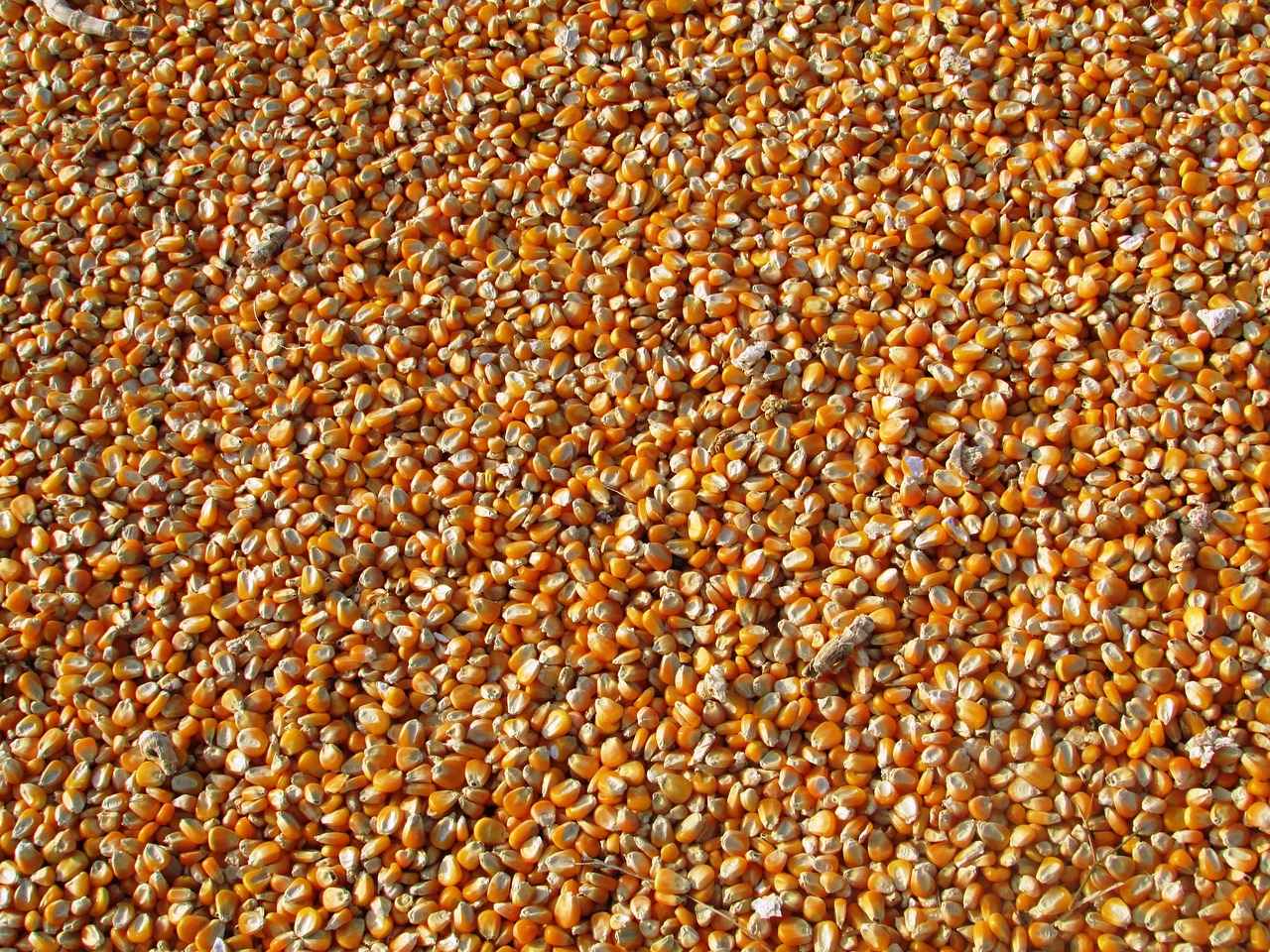
Are There Any Potential Side Effects of Chia Seeds?
Chia seeds have gained immense popularity as a superfood, known for their numerous health benefits, particularly in weight loss. However, like any food, they may not be suitable for everyone. Understanding the potential side effects of chia seeds is essential for those looking to incorporate them into their diet safely.
While chia seeds are generally considered safe for most people, some individuals may experience digestive issues after consumption. These issues can range from mild discomfort to more severe gastrointestinal problems. Below, we will explore the potential side effects and provide tips on how to mitigate them.
- Gastrointestinal Distress: Some individuals may experience bloating, gas, or abdominal pain after consuming chia seeds. This is often due to their high fiber content, which can be overwhelming for those not accustomed to a fiber-rich diet.
- Choking Hazard: Chia seeds can absorb water and expand significantly. If consumed dry or without adequate liquid, they may pose a choking hazard, especially for those with swallowing difficulties.
- Allergic Reactions: Though rare, some individuals might have an allergy to chia seeds. Symptoms can include itching, rash, or difficulty breathing. If you suspect an allergy, it’s crucial to seek medical advice.
- Blood Thinning Effects: Chia seeds are high in omega-3 fatty acids, which can have a blood-thinning effect. Individuals on blood-thinning medications should consult their healthcare provider before adding chia seeds to their diet.
To minimize these potential side effects and enjoy the health benefits of chia seeds, consider the following tips:
1. Start with small amounts: Begin with 1 teaspoon of chia seeds and gradually increase your intake as your body adjusts.2. Soak chia seeds: Soaking chia seeds in water or another liquid before consumption can help reduce the risk of gastrointestinal discomfort and improve digestibility. 3. Stay hydrated: Ensure you drink plenty of water throughout the day, especially when consuming high-fiber foods like chia seeds.4. Monitor your body’s response: Pay attention to how your body reacts after consuming chia seeds and adjust your intake accordingly.
Incorporating chia seeds into your diet can be a beneficial addition, but being aware of the potential side effects is crucial for a positive experience. By following the tips outlined above, you can enjoy the many health benefits of chia seeds while minimizing any adverse effects.
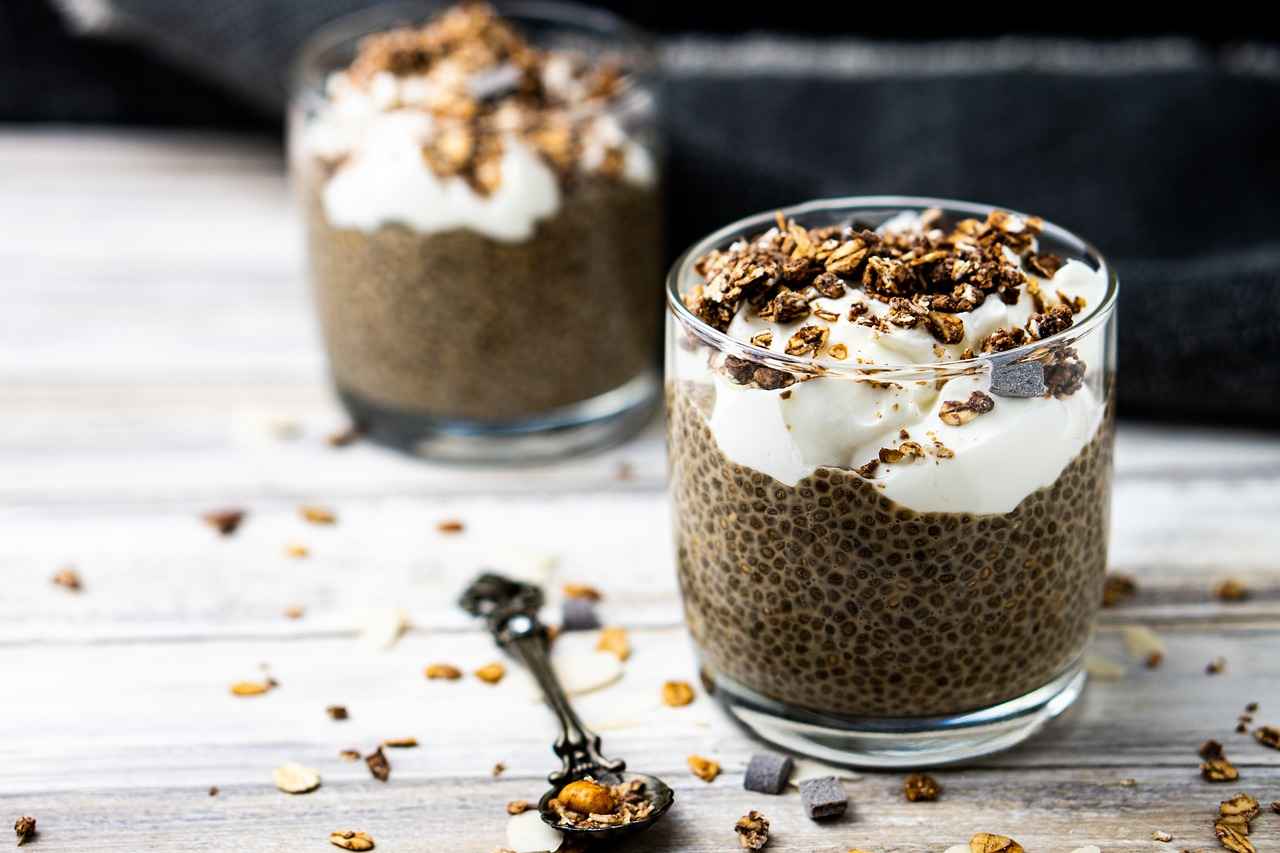
How Many Chia Seeds Should You Consume Daily?
When it comes to incorporating chia seeds into your diet for weight loss, understanding the appropriate daily intake is crucial. These tiny seeds, known for their nutritional benefits, can be a powerful ally in your weight loss journey, but moderation is key.
So, how many chia seeds should you consume daily? The recommended serving size typically ranges from 1 to 2 tablespoons (approximately 15 to 30 grams). This amount is generally considered optimal for most individuals, providing a wealth of nutrients without the risk of overconsumption.
- 1 tablespoon (15 grams): This serving size contains about 60 calories, 5 grams of fiber, and 2 grams of protein. It’s a great starting point for those new to chia seeds.
- 2 tablespoons (30 grams): This larger serving offers approximately 120 calories, 10 grams of fiber, and 4 grams of protein, making it suitable for those looking to enhance their nutrient intake.
It’s important to note that while chia seeds are beneficial, overconsumption can lead to digestive discomfort. Because they absorb a significant amount of water, consuming too many without adequate hydration can cause bloating or constipation. Therefore, it’s advisable to increase your intake gradually, allowing your body to adjust.
Another factor to consider is your overall diet and activity level. If you are highly active or have higher caloric needs, you may find that incorporating more chia seeds fits well into your daily regimen. Conversely, if you are on a calorie-restricted diet, sticking to the lower end of the serving size is recommended.
For those looking to maximize the benefits of chia seeds, consider pairing them with other healthy foods. They can be easily added to smoothies, yogurt, or oatmeal, enhancing both texture and nutritional value. Additionally, incorporating chia seeds into your meals can help you feel fuller for longer, potentially reducing overall caloric intake.
In summary, the ideal daily intake of chia seeds typically falls between 1 to 2 tablespoons. This range allows you to reap the benefits of these nutrient-dense seeds while minimizing the risk of digestive issues. As with any dietary change, it’s wise to listen to your body and adjust your intake based on how you feel.
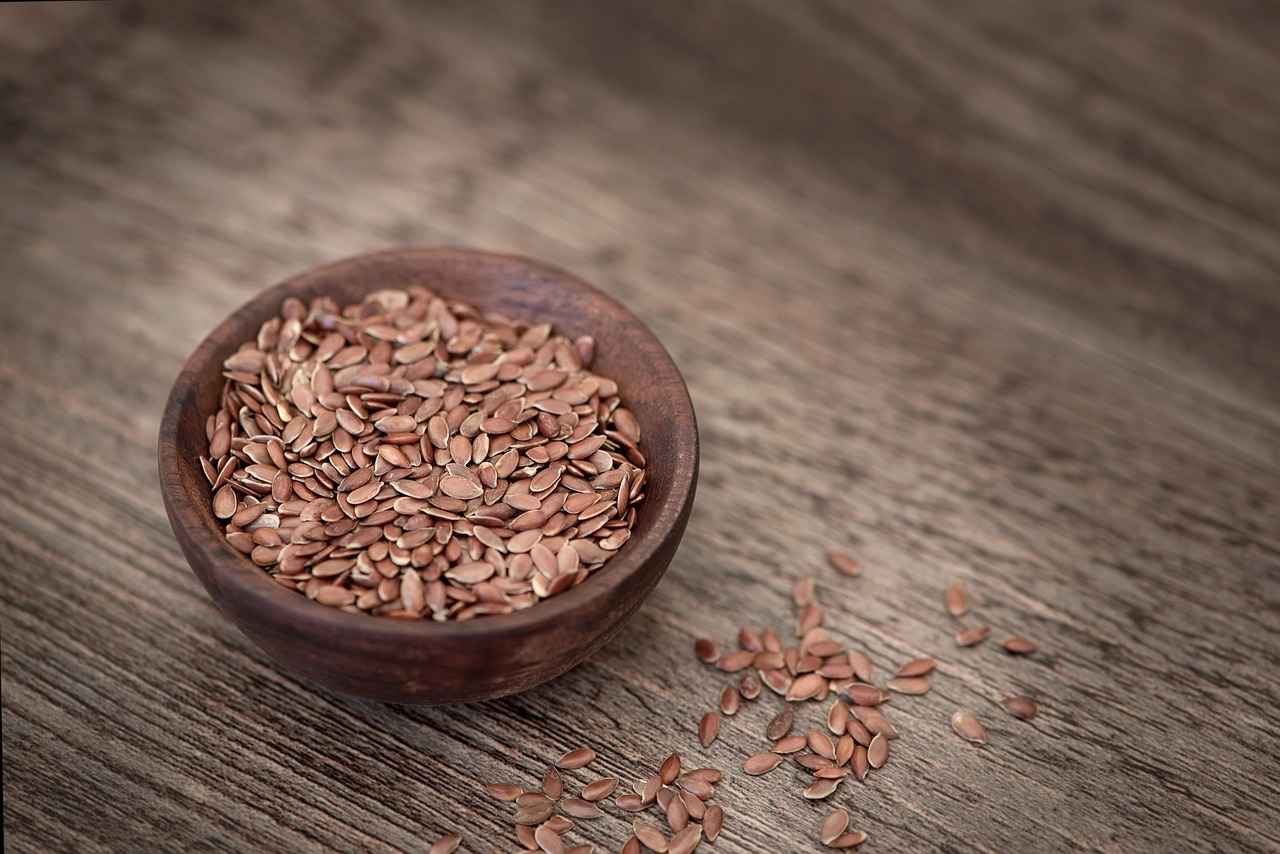
Can Chia Seeds Replace Other Foods in Your Diet?
Chia seeds are gaining popularity not only for their health benefits but also for their versatility in the kitchen. As a natural source of nutrients, they can effectively replace traditional ingredients in various recipes, enhancing both flavor and nutritional value. This section delves into how chia seeds can serve as a substitute for other foods, promoting a healthier diet and supporting weight loss.
Chia seeds can seamlessly replace several common ingredients:
- Eggs: Chia seeds can act as a binding agent in recipes. To replace one egg, mix 1 tablespoon of chia seeds with 2.5 tablespoons of water and let it sit for about 15 minutes until it forms a gel-like consistency.
- Flour: In gluten-free baking, chia seeds can be used to replace a portion of flour, adding fiber and nutrients without compromising texture.
- Oils: Chia seeds can be used to create a healthy gel that can replace oils in dressings and marinades, reducing overall fat content.
- Milk: Chia seed milk is a great dairy alternative. Simply blend soaked chia seeds with water and strain to create a creamy, nutritious drink.
When used as a substitute, chia seeds offer a variety of nutritional benefits:
- High in Fiber: Chia seeds are rich in soluble fiber, which aids digestion and promotes a feeling of fullness, helping to curb overeating.
- Source of Omega-3 Fatty Acids: They provide essential fatty acids that support heart health and reduce inflammation.
- Protein Content: Chia seeds are a complete protein, which is beneficial for muscle maintenance and overall health.
Incorporating chia seeds into your diet can be both fun and delicious. Here are some creative ways to use them:
- Chia Pudding: Combine chia seeds with almond milk and let it sit overnight. Add fruits and nuts for a wholesome breakfast.
- Smoothies: Blend chia seeds into smoothies for added texture and nutrition.
- Baked Goods: Add chia seeds to muffins, pancakes, or bread for an extra nutritional boost.
To maximize the benefits of chia seeds in your diet, consider the following tips:
- Start Slow: If you are new to chia seeds, begin with small amounts to allow your body to adjust.
- Hydrate: Always consume chia seeds with plenty of water, as they absorb liquid and expand in the stomach.
- Experiment: Try different recipes to find what you enjoy most, ensuring you stay engaged with your diet.
By understanding how to replace traditional ingredients with chia seeds, you can significantly enhance the nutritional value of your meals while supporting your weight loss journey. With their numerous health benefits and culinary versatility, chia seeds are a fantastic addition to any diet.
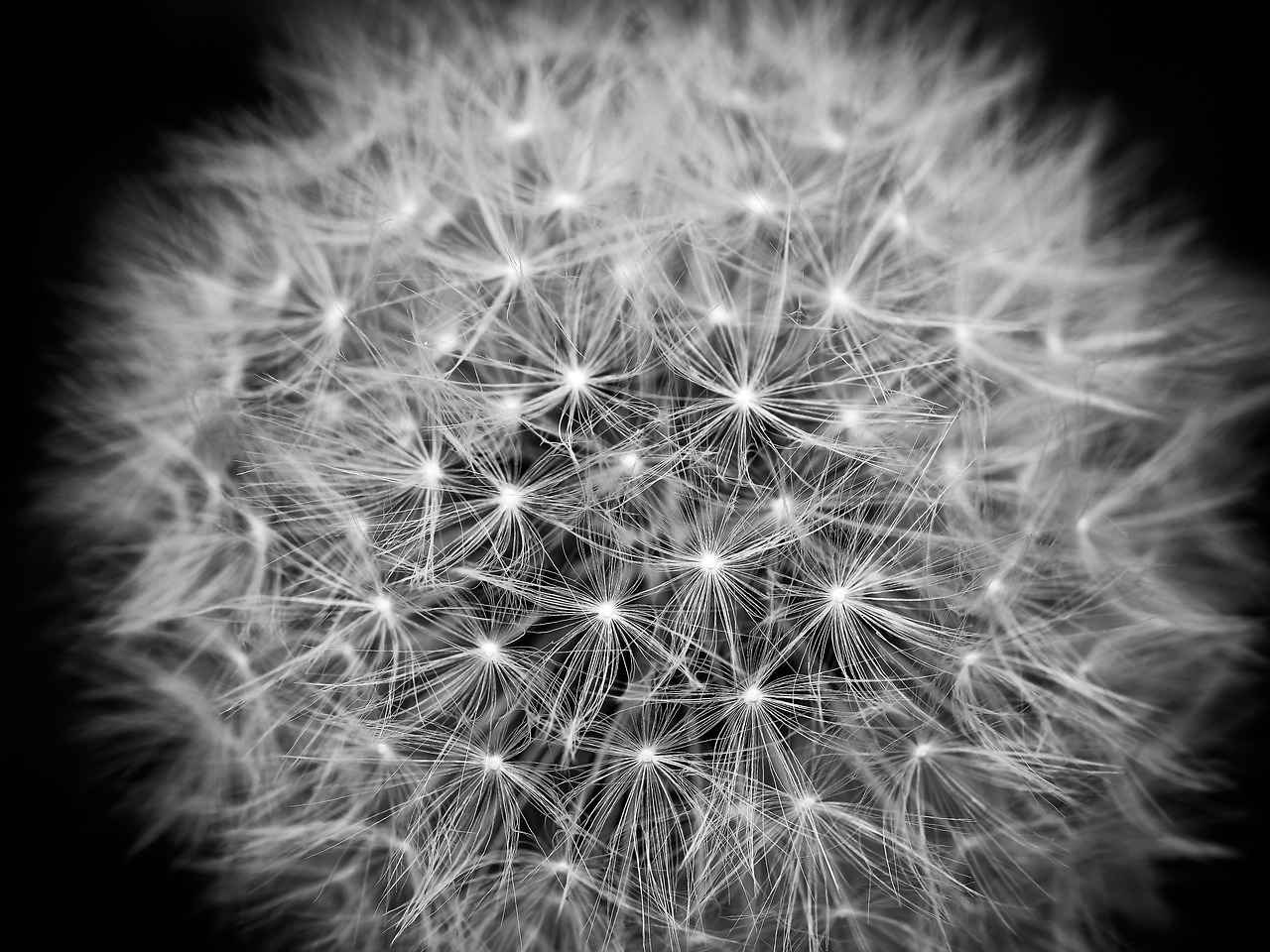
What Are Some Common Myths About Chia Seeds?
Chia seeds have gained immense popularity in recent years, particularly among health enthusiasts and those seeking weight loss solutions. However, with their rise in fame, numerous misconceptions have emerged, leading to confusion about their actual benefits and limitations. This section aims to debunk these myths and provide a clearer understanding of how to effectively incorporate chia seeds into your diet.
- Myth 1: Chia Seeds Are a Miracle Weight Loss Food
- Myth 2: You Can Eat Unlimited Chia Seeds
- Myth 3: Chia Seeds Must Be Ground to Be Effective
- Myth 4: Chia Seeds Are Only for Health Nuts
- Myth 5: Chia Seeds Are High in Calories
Many believe that simply adding chia seeds to their diet will lead to significant weight loss. While chia seeds are a nutrient-dense food that can aid in weight management due to their high fiber content, they are not a magic solution. Weight loss requires a comprehensive approach, including a balanced diet and regular exercise.
Another common misconception is that there are no limits to how many chia seeds one can consume. In reality, moderation is key. Overconsumption can lead to digestive discomfort due to their high fiber content. A typical serving size is about 1-2 tablespoons per day.
Some people believe that chia seeds need to be ground to unlock their nutritional benefits. However, chia seeds can be consumed whole, and they still provide a wealth of nutrients. They can absorb water and expand in the stomach, promoting a sense of fullness, regardless of whether they are ground or whole.
Chia seeds are often associated with health-conscious individuals, leading to the belief that they are only suitable for a specific demographic. In truth, chia seeds can be easily incorporated into any diet, making them accessible to everyone. Whether you are a casual eater or a fitness enthusiast, chia seeds can enhance your meals.
While chia seeds do contain calories, they are also packed with healthy fats, protein, and fiber. When consumed in moderation, they can be a valuable addition to a weight loss diet. It’s essential to focus on their nutritional density rather than just calorie content.
Understanding these myths is crucial for anyone looking to incorporate chia seeds into their weight loss journey. By debunking these misconceptions, individuals can make informed choices about their diet and maximize the benefits of chia seeds.
In conclusion, chia seeds can be a powerful ally in your weight loss efforts when used correctly. They provide essential nutrients and can help curb appetite. However, it is essential to approach their consumption with realistic expectations and a balanced diet.
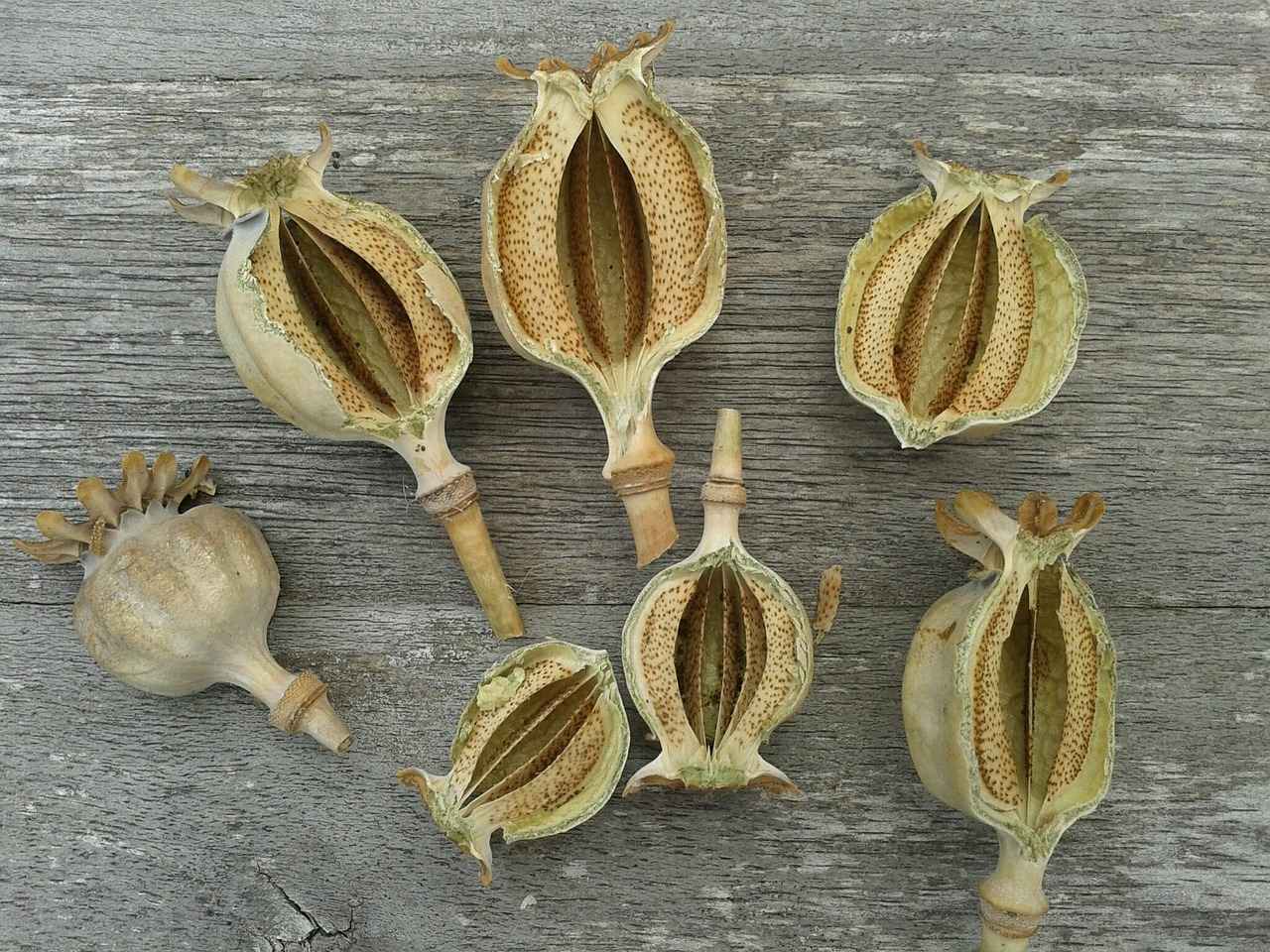
How to Track Your Weight Loss Progress with Chia Seeds?
Monitoring your weight loss journey is crucial for achieving long-term success. By tracking your progress, you can identify what works best for your body and make necessary adjustments. This section outlines practical tips for tracking progress when incorporating chia seeds into your diet, ensuring effective results over time.
First, it’s important to establish a baseline. Before you start adding chia seeds to your meals, take note of your current weight, measurements, and dietary habits. This will serve as your reference point. Consider keeping a journal or using a mobile app to record your daily intake and any changes you observe.
Next, set realistic goals. Instead of aiming for drastic weight loss, focus on smaller, achievable targets. For instance, aim to lose 1-2 pounds per week. This approach not only keeps you motivated but also allows you to assess the effectiveness of chia seeds in your weight loss journey.
Incorporating chia seeds into your diet can be done in various ways. Consider the following methods:
- Daily Intake Tracking: Aim for about 1-2 tablespoons of chia seeds daily. Track how you incorporate them into meals, whether in smoothies, oatmeal, or salads.
- Hydration Monitoring: Since chia seeds absorb water, pay attention to your hydration levels. Document how you feel after consuming chia seeds, as proper hydration can enhance their benefits.
- Meal Planning: Plan your meals ahead of time. Include chia seeds in your recipes and observe how they contribute to your overall caloric intake.
Another effective method is to take weekly measurements. Record your weight and measurements every week to see how chia seeds are impacting your body. This consistency will help you understand if you’re on the right track or if adjustments are needed.
Additionally, consider tracking your energy levels and overall well-being. Chia seeds are rich in nutrients that can enhance your energy and mood. Keeping a log of your feelings and energy levels can provide insights into how they affect your daily life.
Utilizing a visual progress tracker can also be beneficial. Create a chart or graph that displays your weight loss journey over time. This visual representation can serve as a motivating factor and help you stay committed to your goals.
Lastly, remember to celebrate your milestones. Whether it’s losing a certain amount of weight or successfully incorporating chia seeds into your meals for a month, acknowledging your achievements can boost your motivation and commitment to your weight loss journey.
In conclusion, tracking your weight loss progress while incorporating chia seeds into your diet is essential for achieving your goals. By establishing a baseline, setting realistic goals, monitoring your intake, and celebrating your achievements, you can effectively manage your weight loss journey and maximize the benefits of chia seeds.
Frequently Asked Questions
- What are chia seeds?
Chia seeds are tiny, nutrient-packed seeds that come from the Salvia hispanica plant. They’re loaded with fiber, protein, and omega-3 fatty acids, making them a fantastic addition to any diet, especially for weight loss.
- How do chia seeds help with weight loss?
These little seeds absorb water and expand in your stomach, which helps you feel full longer. This can lead to reduced calorie intake throughout the day, making it easier to shed those extra pounds.
- What’s the best way to prepare chia seeds?
Soaking chia seeds in water or your favorite liquid is one of the best methods. This not only improves their texture but also enhances nutrient absorption, making them easier to digest.
- Are there any side effects of consuming chia seeds?
While chia seeds are generally safe, some people may experience digestive discomfort if they consume too many at once. It’s best to start with a small amount and gradually increase your intake.
- How many chia seeds should I eat daily?
A common recommendation is to consume about 1-2 tablespoons of chia seeds daily. This amount can help you reap their health benefits without overdoing it.
- Can chia seeds replace other ingredients in recipes?
Absolutely! Chia seeds can be used as a substitute for eggs in baking or as a thickening agent in smoothies and sauces, adding nutritional value to your meals.
- What are some common myths about chia seeds?
One common myth is that chia seeds are a miracle weight loss food. While they can aid in weight loss, they should be part of a balanced diet and healthy lifestyle for the best results.
- How can I track my weight loss progress with chia seeds?
Keep a food diary to monitor your chia seed intake and its effects on your weight loss journey. This can help you stay accountable and make necessary adjustments along the way.

